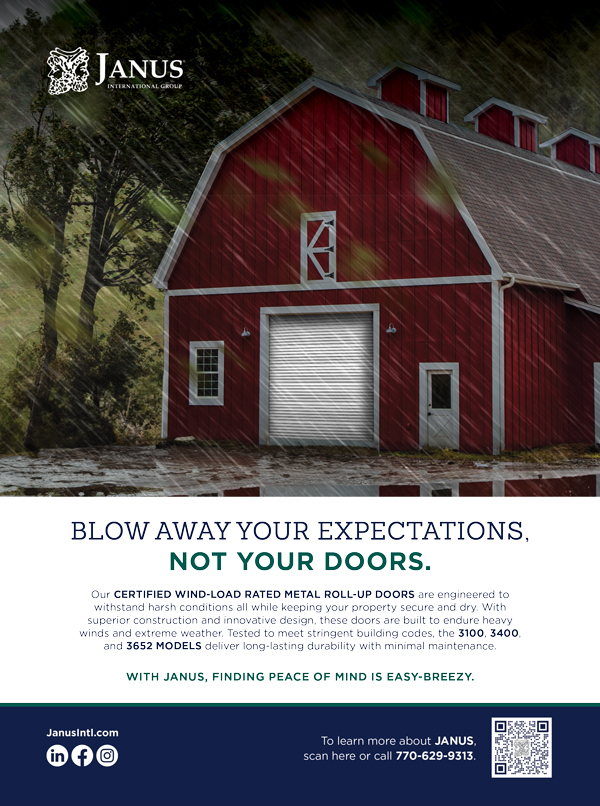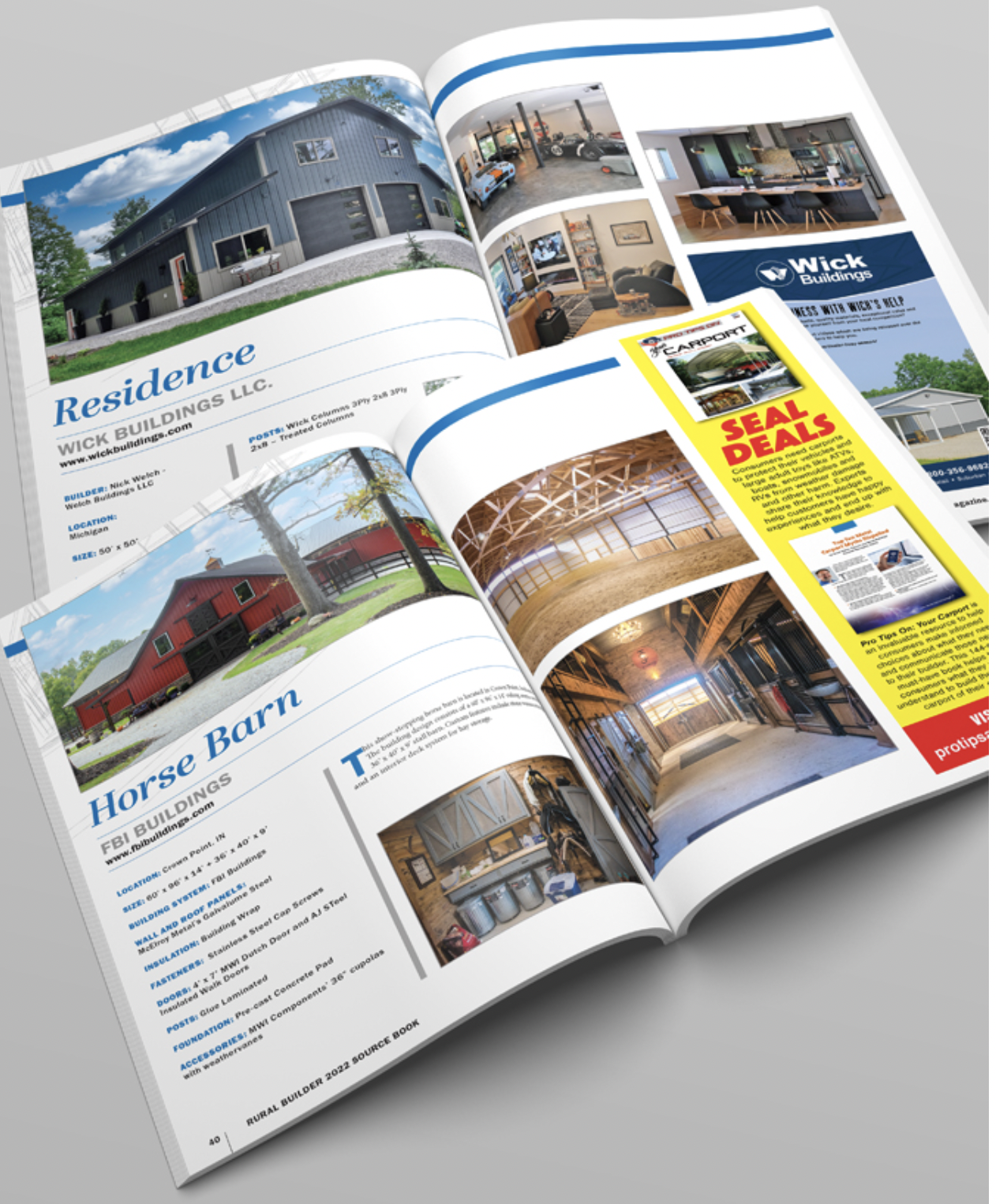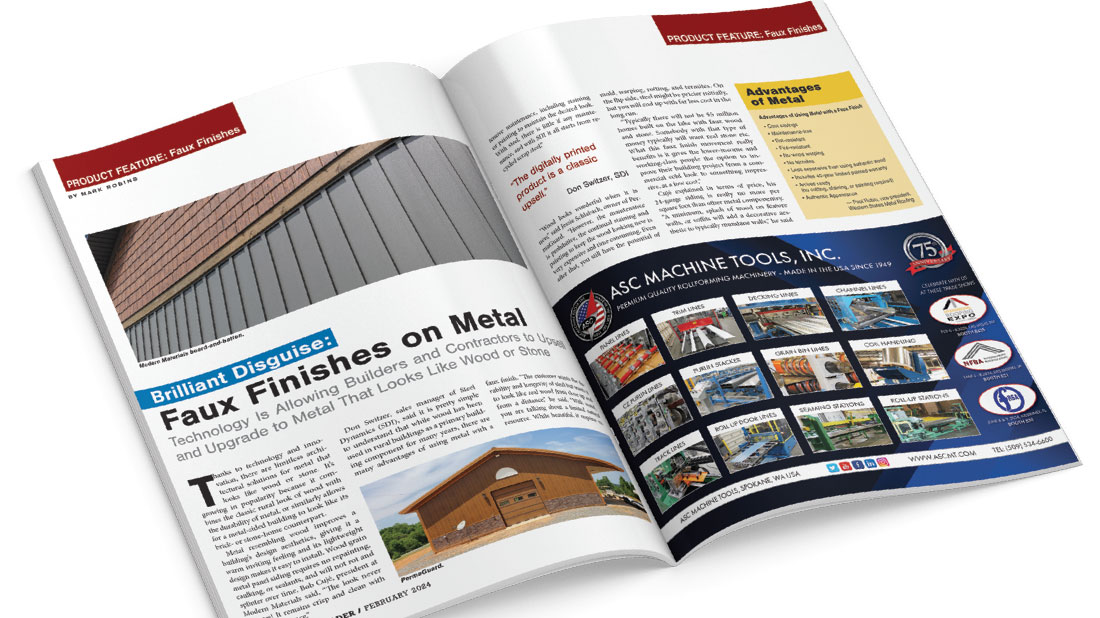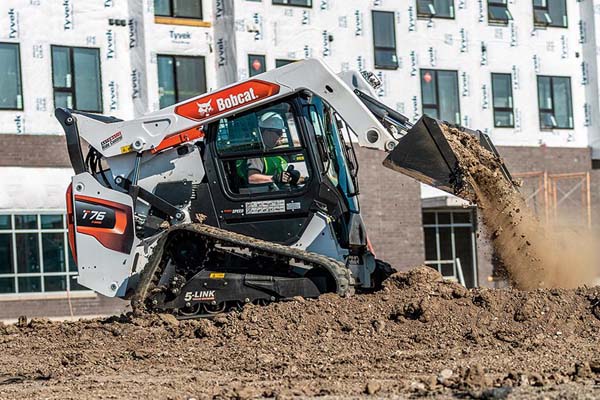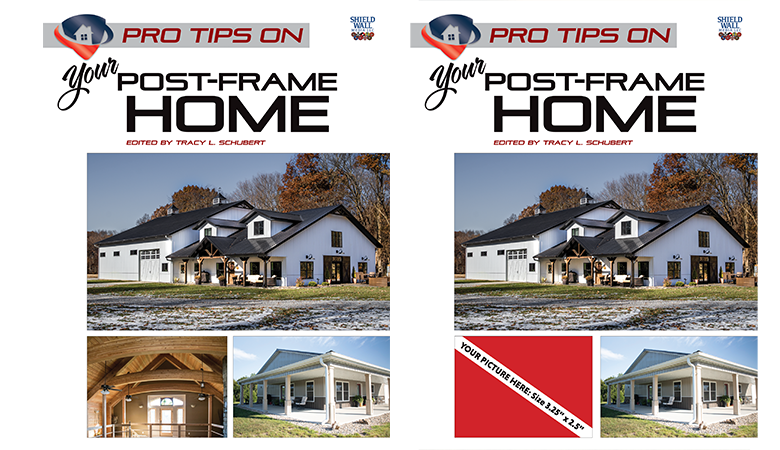Small businesses have had it rough over the last year. And while many people were able to take advantage of the first draw of Personal Paycheck Protection (PPP) loans offered through the stimulus bill, navigating the paperwork can be another added stress. I spoke with the Wisconsin District of the U.S. Small Business Administration (SBA) about common PPP questions, streamlined solutions, and what the second draw of PPP loans will look like.
Eric Ness, Director; Tammie Clendenning, Lead Economic Development Specialist; and Shirah Apple, Public Affairs Specialist of the Wisconsin District Office have been working diligently with COVID-19 relief for the past year and were pleased to sit down and talk through the process for the readers of Rural Builder. “I’ve talked to builders and they are great at their specialties, but then tend to rely on lenders to help them through these processes,” said Ness. And while lenders are certainly qualified to help, the SBA District Office in your state also has many resources.
Taking out a PPP Loan
Personal Paycheck Protection loans function pretty much as the name would suggest. However much a business borrows, at least 60% of the funds need to be spent on recouping payroll expenses: wages, leaves of absence, commission, vacation time, and some heath care costs. The remaining 40% can be spent on non-payroll expenses, including rent or lease payments, mortgage interest, utilities, and worker protection expenditures like personal protective equipment (PPE) or building modifications made to achieve COVID-19 compliance.
According to Clendenning, the first draw of PPP loans is available to any small business with fewer than 500 employees, or any 501(c)(3) nonprofit organization, 501(c)(19) veterans’ organization, or tribal business concern (sec. 31(b)(2)(C) of the Small Business Act) even if they exceed 500 employees. To determine your possible loan amount, calculate the average monthly payroll and multiply by 2½, with a maximum of $10 million. “Businesses can choose to use 2019 or 2020 payroll numbers to make this calculation,” said Clendenning. “It’s the borrower’s choice.”
The second draw of PPP loans is available to businesses in the same categories who have already received and spent the first-draw loan. Second-draw recipients must have fewer than 300 employees and must be able to demonstrate a 25% reduction in gross receipts from one quarter of 2019 to 2020. “Gross receipts don’t include Economic Injury Disaster Loans (EIDL), or any grant portion of disaster relief or forgiveness,” said Clendenning. “If they received local or state grants or loans, those must be included with the other revenue.” The loan calculation is the same with a maximum of $2 million, except for accommodation and food service businesses, who can multiply their average monthly payroll by 3½.
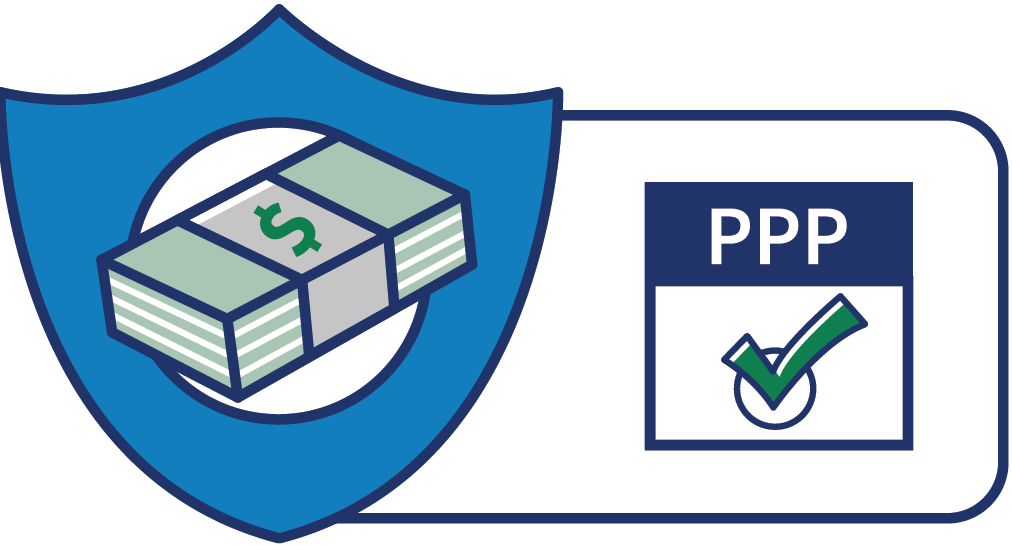
Despite the high maximums, Clendenning clarified that small businesses were the main beneficiaries. “It’s really important to understand that 87% of the PPP loans distributed in the first draw were $150,000 or under.”
Loan Forgiveness
Up until early 2021, the application for PPP loan forgiveness was a couple of pages with many additional pages of instructions. Now, for borrowers seeking forgiveness for $150,000 or less, there is a streamlined, one-page application. “Very few people will end up using the long forms,” said Ness. “The short form is a great addition, welcome by the bankers, the businesses, and the SBA. It doesn’t place as much burden on the borrower.”
Also new starting this year, the covered period for PPP loans can be anywhere from 8 to 24 weeks, instead of one or the other. “There is a ten-month deferral on payments from the end of the covered period, so borrowers have plenty of time to apply for forgiveness. They don’t have to decide on the covered period right away. They can make determination at the time of forgiveness,” said Ness. “That’s a nice addition,” he continued, “the fact that the borrower can choose allows them to maximize the benefits on their side.”
The loan forgiveness paperwork needs to be submitted through the same lender as the loan. That doesn’t mean, however, that forgiveness paperwork needs to be completed before applying for a second draw loan, or that the second draw loan needs to be with the same lender as the first. “You don’t have to stay with the same lender for both loans, but if you have not received forgiveness for the first one yet, it might make sense to stay,” said Ness.
Importantly, the SBA, the IRS, and the DOL in the last year have worked out a lot of loan forgiveness tax questions. “Forgiveness for PPP loans is not taxable income,” said Clendenning. Once forgiven, the loan essentially becomes a non-taxable grant.
SBA Resources
The SBA always has a large number of resources available to small businesses, but they are especially useful in disastrous times. There is, of course, plenty of reading material to explain everything you could want to know about PPP loans and more, but it can be useful to work with a real person. For example, if you don’t already have a relationship with a lender, the SBA can point you to good options. “Go to sba.gov and check out the funding programs. There you will find a Lender Match system that can pair you with participating lenders, or a map tool to locate lenders in your area,” said Ness.
And, if you’re having trouble with the loan or forgiveness process, professionals are there to help. “The SBA has funded resource partners that work on a no-cost basis,” said Clendenning. “As you are applying and going through the calculations, you can talk with experts in finance and marketing on a daily basis.”
“It’s not one and done,” added Apple. “You can build a relationship with a mentor or the folks at the resource partners. People work with them over time, to their benefit.” RB
For more information and to stay up to date on PPP assistance, visit sba.gov, subscribe to the SBA email at sba.gov/updates, and follow the SBA on Facebook, Instagram, Twitter, and YouTube.


